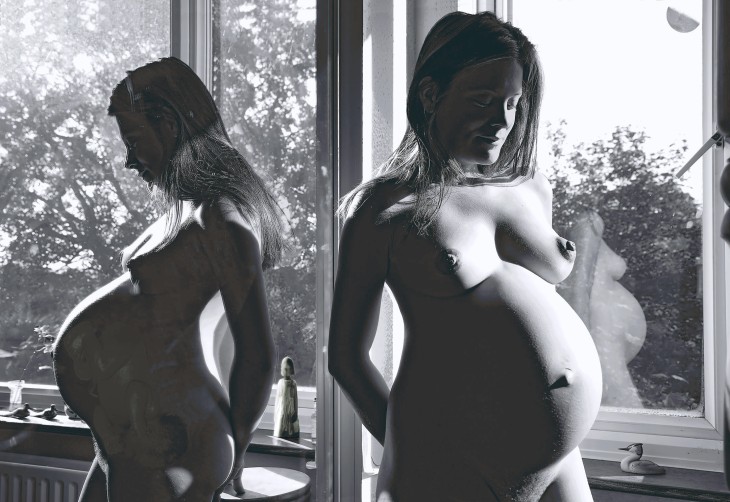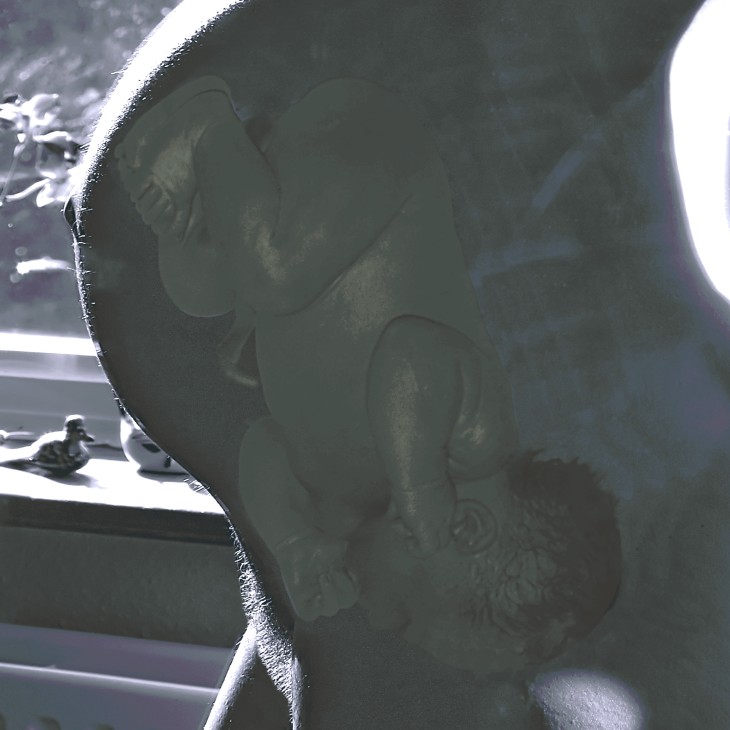Recorded music is ubiquitous and omnipresent: you can play it on a huge and growing number of devices, you can download it from millions of sites on the web, you can amplify it to play it as loud as you like, and you can choose the quality of the reproduction by the device you play it on (although quality of reproduction seems to be getting better all the time and at a more affordable price).Listening to music on the web in no way detracts from the quality of the reproduction or the pleasure you get from listening to it. Musicians and composers will generally not feel misrepresented if you listen to their creations via the web or on various players. There is something extra to be gained by going to a live performance or gig – which has much more to do with atmosphere and ambience – and this will probably always be the case. I would like art and photography to be as ubiquitous, omnipresent, and as accessible as music. Until now, to really appreciate art or photography (or any other two, three, four (video/animations) – dimensional images) you had to go and see them “in the flesh” as it were. This is very unsatisfactory for a number of reasons :-
- It is severely limited by the number of people who can see the work.
- It limits the times people can see the work (e.g. only during gallery opening times).
- Access to close inspection is usually restricted for reasons of security or simply politeness (e.g. not wanted to get the the way of others!).
- Lighting is generally difficult to control and so work may be viewed in less than idea conditions.
- Some precious works may actually deteriorate by being exposed to light and uncontrolled atmospheric conditions.
I set myself the challenge of creating a new web application to display still images on the web in the best possible way and to be accessible to as wide an audience as possible :-
- It should work on any web browser.
- The web browser should automatically maximize to fill the whole screen (where the browser permits this).
- The images should automatically fill the whole browser display area.
- It should have the option to fill the whole screen – without any browser clutter (e.g. toolbars, menus, scrollbars, status bars, address bars etc.) – so you can see the images as large as physically possible without any other distractions.
- The image should “intelligently” fill the available space (initially – until you start zooming) in respect to its aspect ratio and the aspect ratio of the web browser or screen – without distortion.
- There should be no limit on the size of the image – in terms of resolution (MBs/GBs) or physical size (H x W).
- The image should be displayed at the highest possible quality or resolution for any given viewing scale.
- There should be optional data about the image – i.e. you should be able to choose whether or not to display this information – easily and quickly. This should have the ability to display hyperlinks and other interactive web content.
- There should be optional controls and navigation – i.e. you should be able to choose whether or not to display these.
- To harness the full potential of the virtual gallery.
I have been working towards this solution for the last 2 years (with a background of 25 years in computer architecture and software design), and, with a really big push in the last few months (and a huge sigh of relief!) – I have finally achieved my goal. The web application/tool is called iz2u™, and all the images you see in my portfolio and blog (Blog) use it. I have also started a new blog devoted to its’ development iz2u and feedback. (Please do not leave feedback about it on this (MA) blog as this is devoted to art and photography). Viewing images on the web with this new technology could actually be better in some respects than seeing them “in the flesh” : –
- You can spend as long as you like studying the work.
- You can zoom in to any part of the work (try doing this to the Mona Lisa in the Louvre!).
- In principle you can supply any amount of supporting multi-media information.
- You have the convenience of seeing the work any time and from any location.
- Lighting conditions can be better controlled (art work can be scanned or photographed in perfect conditions, digital images remain in their native format).
- There is no limit to the size of the images (you are however restricted to looking at them through the window of your computer screen).
- There is no limit to the number of viewable images.
- You can gain access to artwork and manuscripts etc. that are too fragile or precious to make accessible to the general public – thereby increasing the number of works available to show.
There are some obvious drawbacks I can think of :-
- There is nothing quite like seeing the image/artifact “in the flesh” – even though you may not be able to see it as well.
- There is no replacement for the social experience and ambience of a gallery – similar to the real experience of going to a live performance or band.
- The is no replacement for actually being inside a beautiful building and enjoying art in the context of architecture and history.
- The role of the curator – in terms of juxtaposition, chronology, themes, aesthetics, etc. is missing. Having said that, there is a curatorial role in pure virtual galleries, for example, where the whole virtual space and experience has to be designed…
Having developed this solution, I can see that there are many uniquely web-technology-based art projects waiting to be born. Watch this space…















 That part of the image in the centre of our field of vision is in sharp focus (excepting for long- and short- sightedness), and the rest of the image gets progressively out of focus – the further away from the centre we go. But we are usually not aware of this. Anything we scan our eyes over becomes instantly sharp. The fact is we are constantly re-focusing as we scan a scene. If we are looking at one part of a scene it is in sharp focus. We may not even be aware that the rest is out of focus, because no sooner have we moved our eyes to something else, then that new part becomes immediately in focus.
That part of the image in the centre of our field of vision is in sharp focus (excepting for long- and short- sightedness), and the rest of the image gets progressively out of focus – the further away from the centre we go. But we are usually not aware of this. Anything we scan our eyes over becomes instantly sharp. The fact is we are constantly re-focusing as we scan a scene. If we are looking at one part of a scene it is in sharp focus. We may not even be aware that the rest is out of focus, because no sooner have we moved our eyes to something else, then that new part becomes immediately in focus. The photographer has to decide what he/she wants you to focus on – that is what he/she wants to focus on themselves, and they capture that in stone as it were. You are not free to focus on what you want. That is not necessarily a criticism – indeed it may well be the intention. But in this case my intention is that you should be free to look at any part of the picture in great detail – as I had the pleasure of doing.
The photographer has to decide what he/she wants you to focus on – that is what he/she wants to focus on themselves, and they capture that in stone as it were. You are not free to focus on what you want. That is not necessarily a criticism – indeed it may well be the intention. But in this case my intention is that you should be free to look at any part of the picture in great detail – as I had the pleasure of doing. Was it the process of painting they enjoyed or were they trying to capture something they considered beautiful, captivating, worthy of putting on a pedestal…?
Was it the process of painting they enjoyed or were they trying to capture something they considered beautiful, captivating, worthy of putting on a pedestal…? I did actually see the hare and the deer running through the field – sadly they were fleeing from a near by gun shot blast – I don’t think it was their natural choice to be there. But it gave me an idea…
I did actually see the hare and the deer running through the field – sadly they were fleeing from a near by gun shot blast – I don’t think it was their natural choice to be there. But it gave me an idea…

 the sunbathing red admiral (red-wing-tipped butterfly), the flying ringlet (brown butterfly), and all the insect and arthropod activity – all this happened in front of me over a period of about half an hour. Conventional photography could capture such a scene in one shot using an ideal camera (which doesn’t exist!), a very fast shutter speed, and a very great deal of luck. I had to resort to less miraculous and time-consuming creative techniques to create this image…
the sunbathing red admiral (red-wing-tipped butterfly), the flying ringlet (brown butterfly), and all the insect and arthropod activity – all this happened in front of me over a period of about half an hour. Conventional photography could capture such a scene in one shot using an ideal camera (which doesn’t exist!), a very fast shutter speed, and a very great deal of luck. I had to resort to less miraculous and time-consuming creative techniques to create this image…
